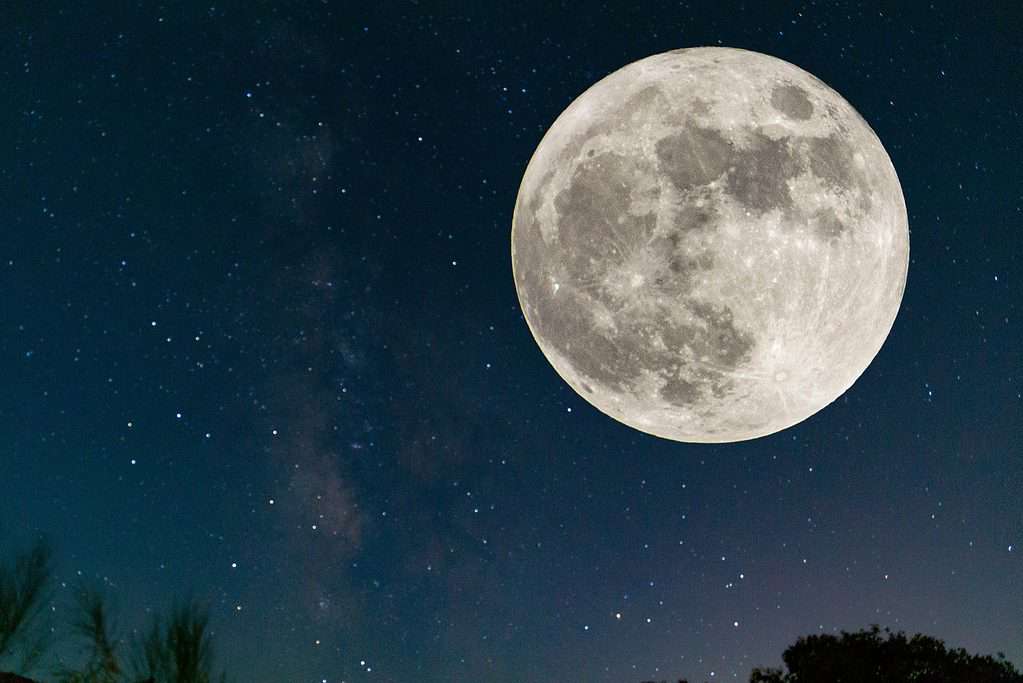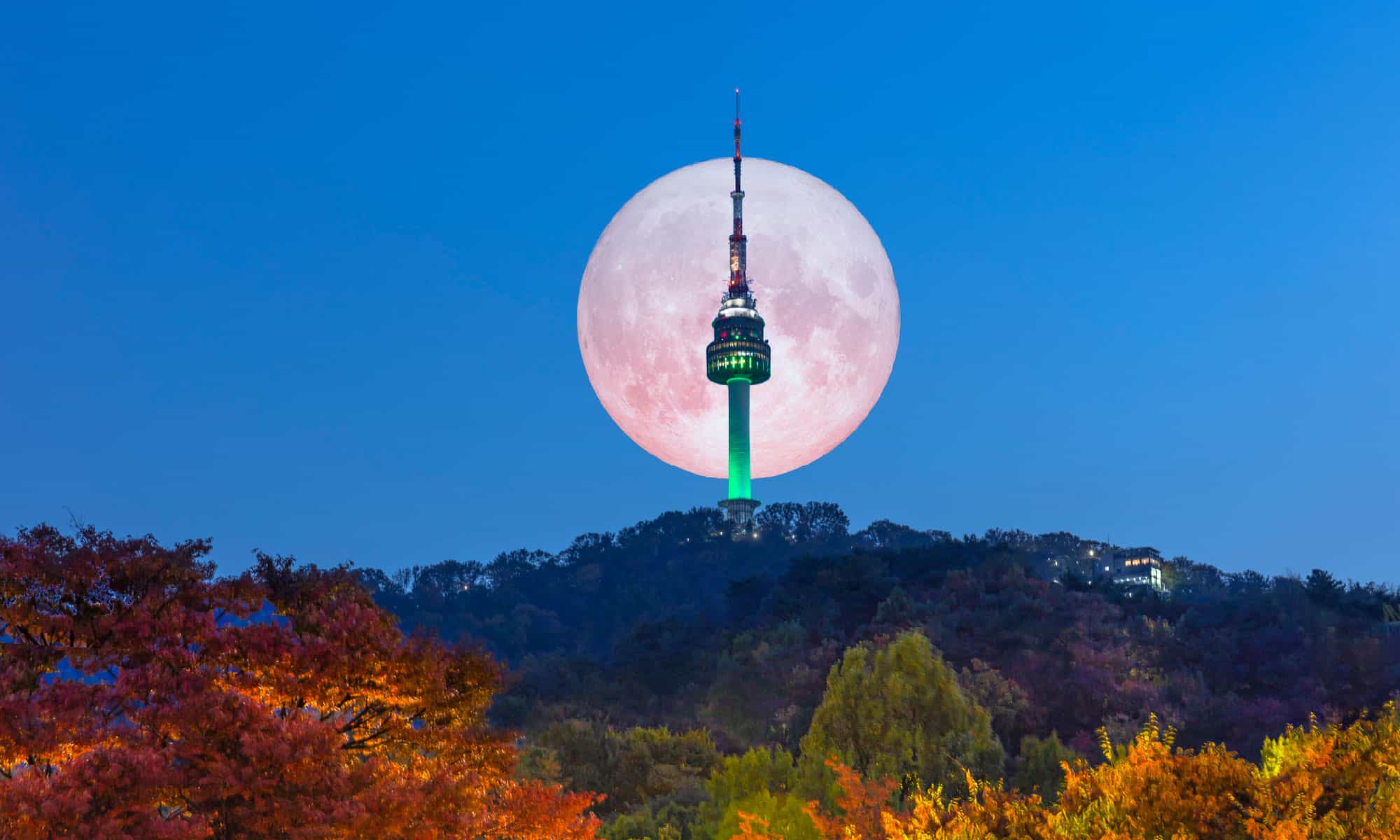No, it’s not the beer often served with a slice of orange. And it doesn’t occur nearly as infrequently as you might think. The name implies a color phenomenon but it’s not exactly something you can point out in the sky when you spot it based on color alone. It’s more about timing. Learn when the next blue moon is going to light up the night sky!
Definition of a Blue Moon
There are two definitions of a blue moon. Whenever there’s a season during which there are four full moons, the third full moon is considered a blue moon. That’s NASA‘s definition, anyway. The other definition of a blue moon is when there is a second full moon within the same month. So, despite what the expression “once in a blue moon” implies, these moons are not that rare.
Typically, there are 12 full moons in a year, each reserved for a single calendar month. However, blue moons occur every two to three years. They only happen once within a typical year. Interestingly, the calendar year you’re accustomed to now is not always what was used when calculating blue moons.
Maine Farmers’ Almanac used the tropical year, which starts out during the winter solstice, several days before the first of January. Like with most calendar years, the tropical year also contained a total of 12 full moons. Each one had its name (Harvest Moon, Eastern Moon, etc.) but every once in a while, there would be 13 full moons. To keep the correct names for all of the other moons, the third moon in a season with four (the odd one out) was named the blue moon!

Blue moons are not actually blue, they’re just full.
©Fernando Astasio Avila/Shutterstock.com
The Next Blue Moon
This year, you get the pleasure of enjoying a blue moon right at the tail end of August. It’ll occur on August 30, 2023, to be exact. This one is going to be a real treat. Not only is it a blue moon, but it’s also a supermoon. What’s a supermoon? It’s when the moon is at its biggest and brightest.
It looks like it’s much closer to the earth and that’s because it is! During this period, the moon is the closest it ever is to the earth in its orbit. It’s not always easy to notice this with the naked eye but still, it’s worth venturing outside on the night of August 30 to take in the splendor of a blue moon and supermoon in one.
Cultural Significance of Blue Moons
Considering you don’t see a blue moon every year and you have to wait two or three years; blue moons have developed some cultural significance. Although not as rare as you might think, they’re not all that common either. Depending on the culture, set of beliefs, and interpretations, the blue moon holds different meanings. For many, this is a magical time, especially for women.
Some modern traditions associate the blue moon with the growth phase of a woman’s life, during which she acquires wisdom. Others choose to more deeply explore their spiritual practices because they view the blue moon as a divine time when their clarity and connection to the creator are enhanced. In the West, blue moons haven’t been attributed any specific significance and the interpretations of a blue moon today are more modern, relating to individual spiritual practices.

Many develop their own spiritual rituals to harness the energy of a blue moon.
©Microgen/Shutterstock.com
If you haven’t already worked toward harnessing the energy of a blue moon, you may want to plan a special ritual for the event. This could be as simple as making a wish on the night of August 30 or getting more creative, performing rituals, or maybe even casting a spell! The blue moon energy can help you release old energetic patterns, which clears the slate for new, invigorating energy to enter your life.
Scientific Significance of Blue Moons
Although the blue moon isn’t associated with the color blue, sometimes the moon does appear blue. This happens when there is something in the atmosphere that causes the moon to appear a different color. This could be a natural disaster like a volcanic eruption that affects the way you perceive the moon. However, the blue moon we refer to in this article is simply the 13th full moon that occurs within a calendar year. Usually, moon phases take 29.5 days in total. Given a bit of time, you end up with a 13th moon.
Thank you for reading! Have some feedback for us? Contact the AZ Animals editorial team.








